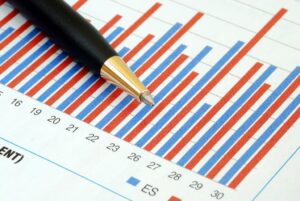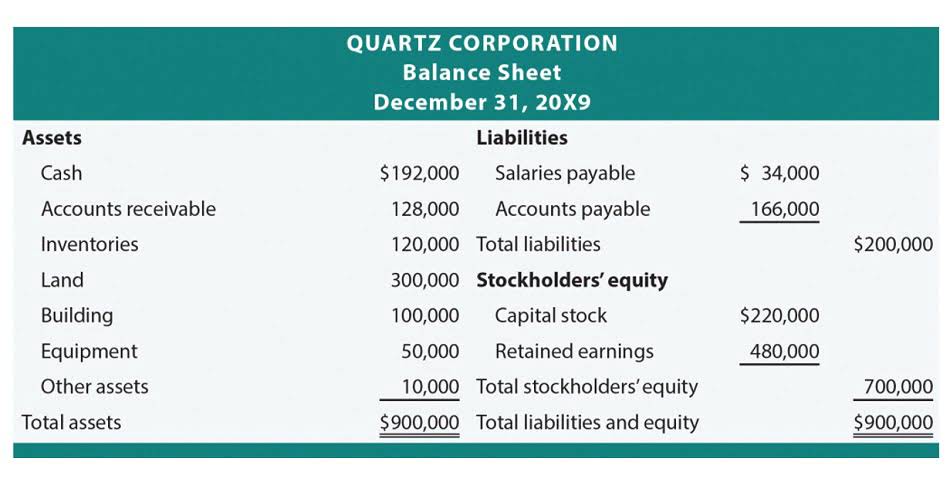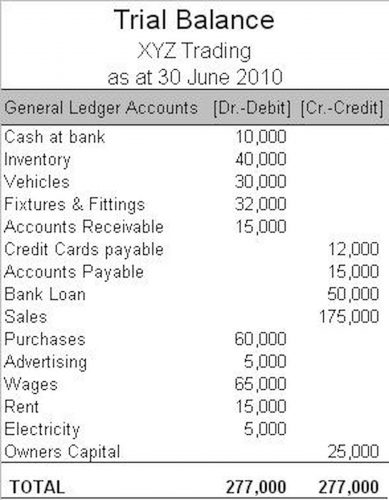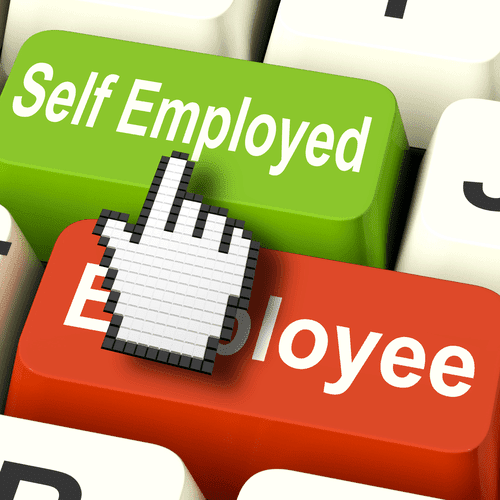
Suppose you purchase an asset for your business for $575,000 and you expect it to have a life of 10 years with a final salvage value of $5,000. You also want less than 200% of the straight-line depreciation (double-declining) at 150% or a factor of 1.5. So each year, you would record a depreciation expense of $4,500 for the delivery truck. To fully understand the Double Declining Balance (DDB) method, it’s essential to see how payroll depreciation is calculated year by year with a practical example.
- There are a few common ways to calculate depreciation, each with its specifics to match different types of business needs.
- Depreciation, the methodical reduction in the recorded cost of a tangible asset, is central in this management.
- Let’s say you buy machinery for $15,000 with a useful life of five years and a salvage value of $2,500.
- Businesses often use this method when they want to accelerate tax deductions in the early years of an asset’s life, maximizing upfront cash flow.
- Typically, the DDB depreciation rate remains stable to maintain its intrinsic accelerated depreciation pattern.
- The DDB method allows businesses to write off a larger portion of an asset’s value in its early years.
- By keeping an eye on how much your assets have depreciated, you can better plan when to invest in new equipment and so avoid unexpected hits to your cash flow.
Best accounting software for calculating depreciation

It’s essential for businesses to allocate the cost of tangible assets over their useful lives, ensuring accurate financial reporting and tax compliance. When businesses invest in expensive assets like machinery or technology, these items naturally lose value over time, a process known as depreciation. Many experience significant value loss in the early years of use, which can result in inaccurate ddb method financial reports and poor tax planning if not properly accounted for. The double declining balance depreciation method is a way to calculate how much an asset loses value over time.

What are Different Types of Depreciation?
Using depreciation in your accounting allows you to match up the cost of the asset with the revenue it helps generate. For instance, if you buy a truck for deliveries, depreciating it over its useful life lets you correlate the truck’s declining value with the income it’s helping to bring in each year. In summary, the choice between the DDB and straight-line depreciation methods depends on a company’s specific financial goals and strategies. Ultimately, businesses must consider their unique circumstances when selecting the most appropriate depreciation method. To calculate the depreciation expense for the first year, we need to apply the rate of depreciation (50%) to the cost of the asset ($2000) and multiply the answer with the time factor (3/12).
- First, determine the asset’s initial cost, its estimated salvage value at the end of its useful life, and its useful life span.
- The DDB depreciation method is best applied to assets that lose value quickly in the first few years of ownership, such as cars and other vehicles.
- In many countries, the Double Declining Balance Method is accepted for tax purposes.
- The Unit of Production method is another depreciation technique that bases depreciation on the asset’s actual usage rather than time.
- You get more money back in tax write-offs early on, which can help offset the cost of buying an asset.
Everything You Need To Master Financial Modeling
Now the double declining balance depreciation rate is calculated by doubling the straight-line rate. A successful business needs an efficient financing process that meets its specific needs. This method can be placed between the straight-line method and the double declining balance method, in terms of speed of depreciation.


This results in a consistent depreciation expense each year, making it easy to budget for and plan ahead. The residual value of the asset is subtracted from its original cost before calculating the annual depreciation expense. The residual value is the estimated value of the asset at the end of its useful life. Straight-line depreciation is calculated by dividing the cost of the asset by its useful life. For example, if an asset costs $10,000 and has a useful life of 5 years, the annual depreciation expense would be $2,000 ($10,000 divided by 5).

The double declining balance method accelerates depreciation, resulting in higher expenses in the early years, while the straight line method spreads the expense evenly over the asset’s useful life. Each method has its advantages, suited to different types of assets and financial strategies. The Double Declining Balance Method (DDB) is a form of accelerated depreciation in which the annual depreciation expense is greater during the earlier stages of the fixed asset’s useful life. DDB is more suitable for assets that lose value rapidly, while straight-line depreciation is simpler to calculate and understand. Bookkeeping for Consultants Accrual accounting requires a business to coordinate with the costs it attracts with the incomes it creates through each accounting term.
